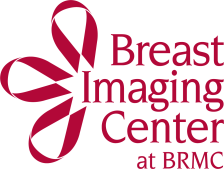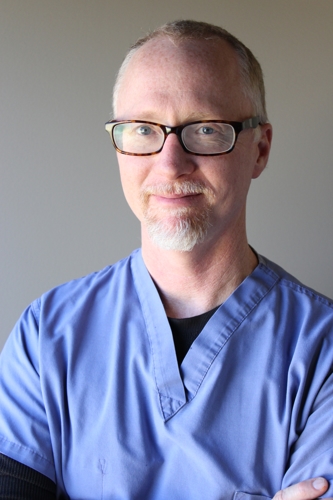About Baxter Health Mammography
For those that don’t know, a mammogram is an x-ray picture of a breast. It is often used to check for breast cancer in women who have shown no symptoms, and in women who have detected physical lumps or other possible indicators of breast cancer. Screening mammography is conducted when you have not detected any symptoms or signs of breast cancer, and it should be performed once a year, every year, after the age of 40. According to the National Breast Cancer Foundation, one in eight women will be diagnosed with breast cancer in their lifetime. This is a serious disease and is made much more manageable and treatable if it is detected and treated in its earlier stages. Talk to your doctor about getting a mammogram if you have not received one recently.
What Makes 3-D Mammography Better?
In a 3-D mammogram, numerous x-rays are taken of the breasts which are used to create a 3-D image, unlike the standard mammograms which create flat, 2-D scans. Rather than looking at one image, radiologists can go examine one millimeter of tissue at a time and spot abnormalities. Despite taking more images, 3-D mammograms expose patients to the same amount of radiation as their standard counterpart, meaning they are just as safe and the preferred option by most physician.
Women with dense breast tissue or a history of breast cancer should look into receiving 3-D mammography, as standard mammograms have a difficult time penetrating tissue and revealing something that may be a cause for concern. As the images are clearer, it also reduces the chances of the doctor diagnosing a false positive.
Early Detection Is Key To Successful Treatment
Performing a monthly self-breast exam is extremely important for detecting breast cancer early. You should begin performing this exams from age 20 and upwards. As you get older, your risk of developing breast cancer increases and you will need to start receiving regular mammograms. If you’re a woman over the age of 40, or if you have a family history of breast cancer, it is important to have an annual mammogram screening.
Consult with a doctor as soon as possible if you notice:
- A lump in the breast or underarm area
- Breast swelling
- Your nipples turning inward
- A rash or scaly around the nipple
- Nipple discharge
3-D mammography can detect breast cancer before noticeable lumps form, meaning you can start fighting it in the very early stages and greatly improve your chances to have a less intrusive and more pleasant resolution.
Breast Cancer Facts
- 1 in 8 women will be diagnosed with breast cancer during their lifetime
- A woman is diagnosed with breast cancer every 2 minutes
- There are more than 2.8 million breast cancer survivors in the United States
- Regular screenings are important for early detection, even if you have no symptoms
- A lump in the breast area is not always cancer, but it should be examined by a doctor as soon as possible
- Breast cancer death rates have been on the decline since 1990 thanks to earlier detection and improved treatments
Mammography Facts
- Mammograms have reduced breast cancer mortality rates in the U.S. by roughly 40% since 1990
- Mammography has reduced breast cancer mortality 18% for women age 40-50
- Mammography has reduced breast cancer mortality 30% for women age 50-70
- Mammography screening is currently the most effective means of detecting breast cancer in the early stages
- 3-D Mammograms are 40% more efficient at scanning for breast cancer than 2-D models
- Early detection of breast cancer gives women more options for breast conserving treatments
- From age 40 and up, women should receive a mammogram once a year
- Women with a family history of breast cancer should consult with their doctor on how often they should receive mammograms by age 20

 Baxter Health strives to provide all our clients with effective, compassionate,
and personalized mammography services. In order to help us achieve that
goal, we use state-of-the-art equipment and facilities. Our highly trained
and skilled radiologists and support team work around the clock to ensure
our patients are getting the high quality of care they deserve. You can
trust the medical experts at Baxter Health to help you get the diagnosis
and treatment you need.
Baxter Health strives to provide all our clients with effective, compassionate,
and personalized mammography services. In order to help us achieve that
goal, we use state-of-the-art equipment and facilities. Our highly trained
and skilled radiologists and support team work around the clock to ensure
our patients are getting the high quality of care they deserve. You can
trust the medical experts at Baxter Health to help you get the diagnosis
and treatment you need.









.jpg)







